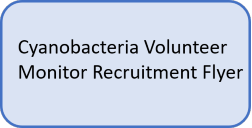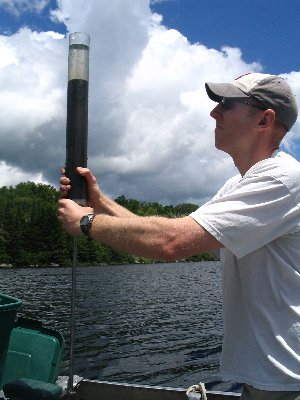lake monitoring
Vermont Cyanobacteria Monitors
We’re looking to learn more about conditions on Vermont’s lakes – You can help!
Memphremagog TMDL Modeling Documentation 4-26-17
May 1, 2017
A report that describes water quality monitoring and modeling done to support the Lake Memphremagog phosphorus TMDL.
Phosphorus Levels in Six Tributaries of Missisquoi Bay
October 31, 2015
Phosphorus Levels in Six Tributaries of Missisquoi Bay
Lake Carmi Watershed Assessment (2009)
August 31, 2009
Lake Carmi Watershed Assessment (2009)
Water Quality Monitoring Program Strategy 2011-2020
May 16, 2015
The Vermont Department of Environmental Conservation's Water Quality Monitoring Program Strategy: 2011 - 2020 (Updated May 2015). The Vermont Water Quality Monitoring Strategy (WQMS) has two primary purposes: (1) to describe the who, what, where, when and why of monitoring Vermont’s waters and (2) to work with our monitoring partners to provide additional information and communicate these results.
Acid Rain
Vermont Long-Term Monitoring (VLTM) of Acid Sensitive Lakes
Monitoring
The Vermont Department of Environmental Conservation's Watershed Management Division monitors the water quality of lakes, ponds, rivers, streams, and wetlands across Vermont. These monitoring activities are carried out in conjunction with Vermont's Water Quality Monitoring Program Strategy and are outlined in our Field Methods Manual.
Zebra Mussel Monitoring Program
 Lake Champlain Zebra Mussel Monitoring Program
Lake Champlain Zebra Mussel Monitoring Program
The Vermont Department of Environmental Conservation (VTDEC), in cooperation with the Lake Champlain Basin Program, initiated the Lake Champlain Zebra Mussel Monitoring Program in 1994 to track the zebra mussel's distribution through the lake. Reports are provided annually.


